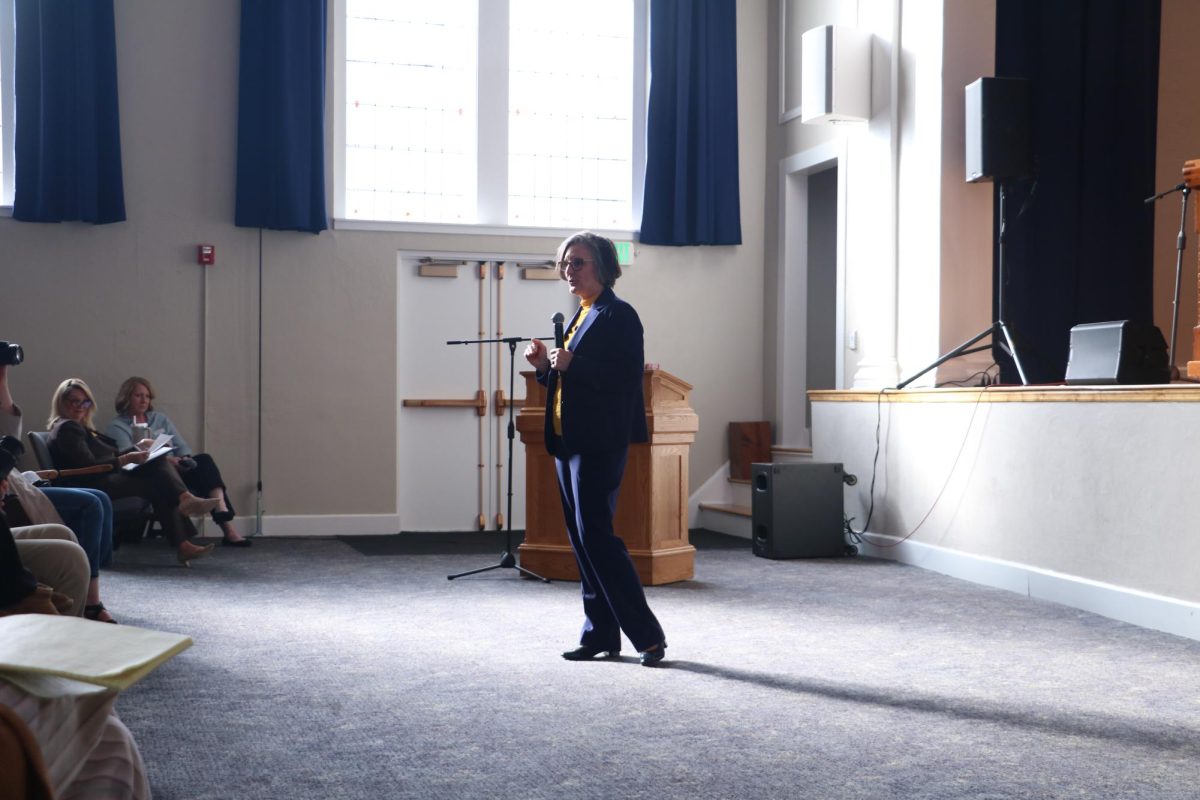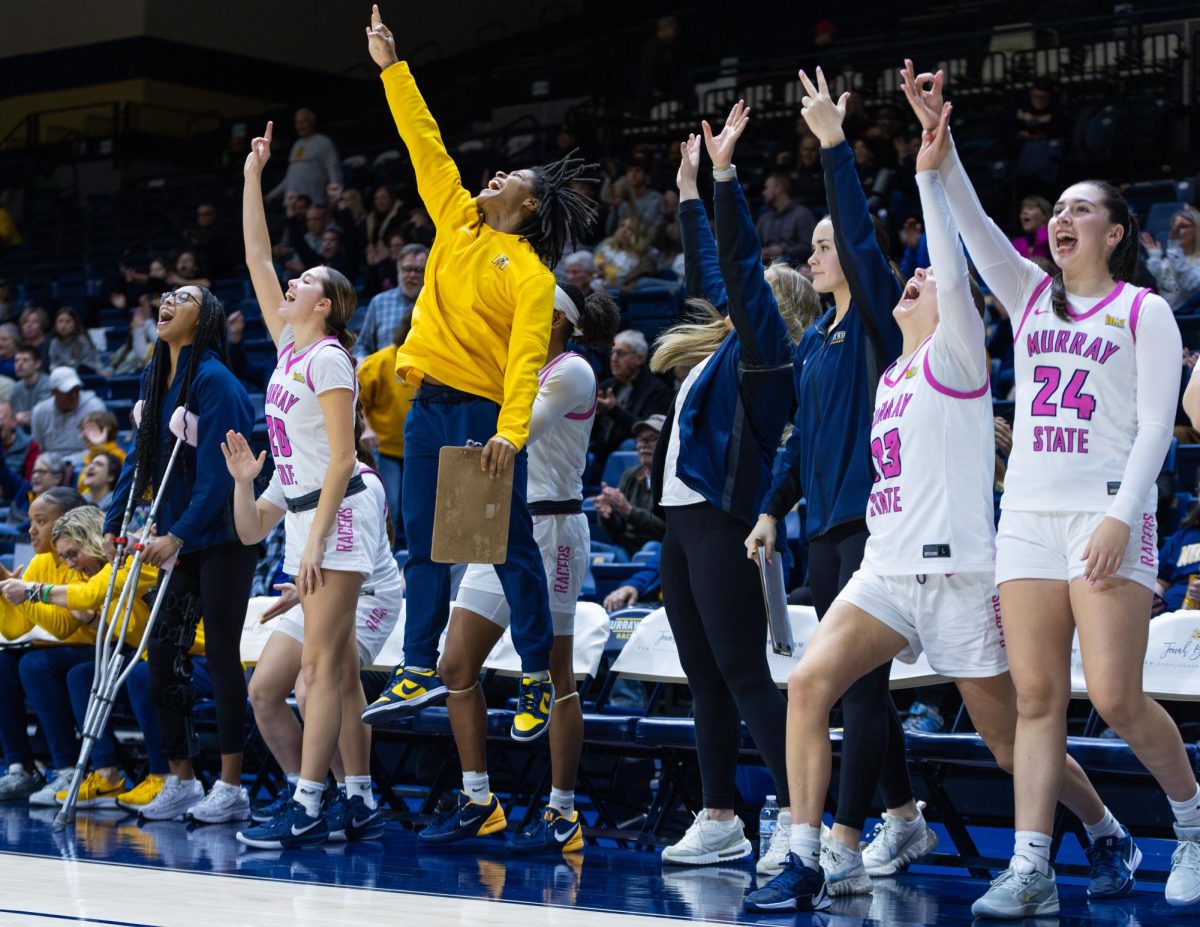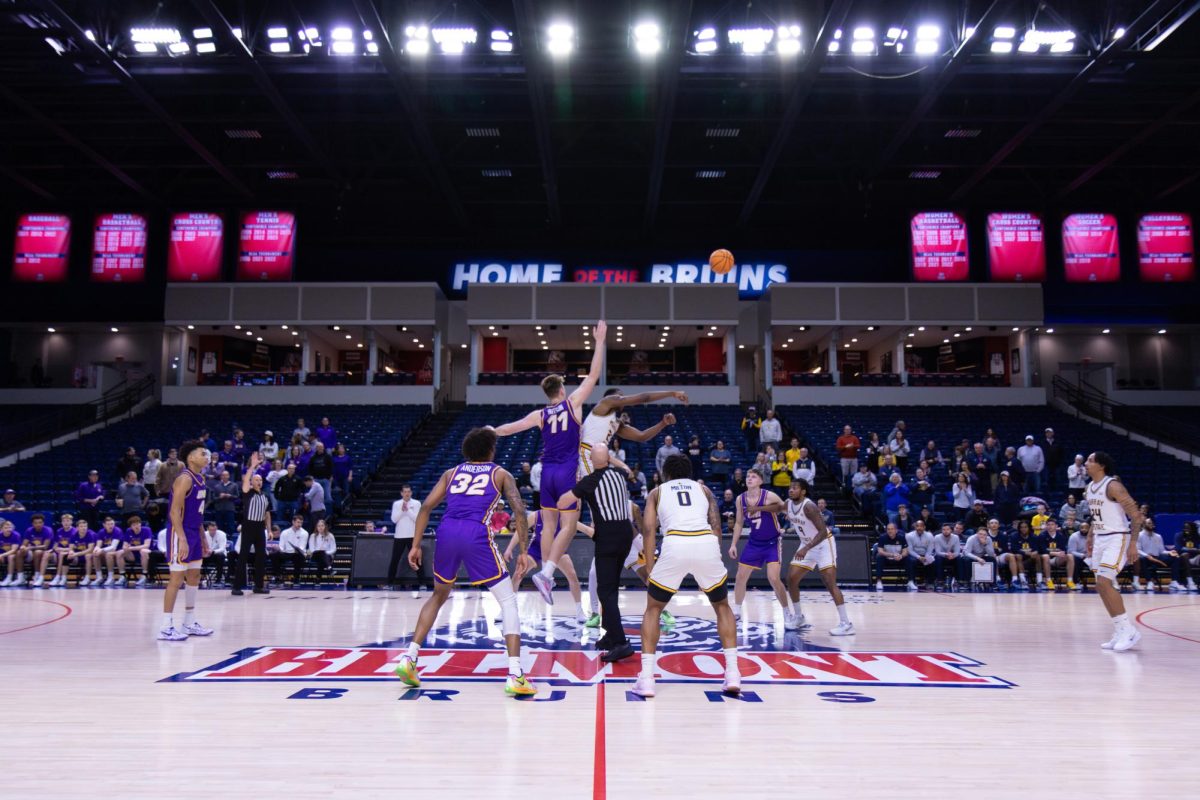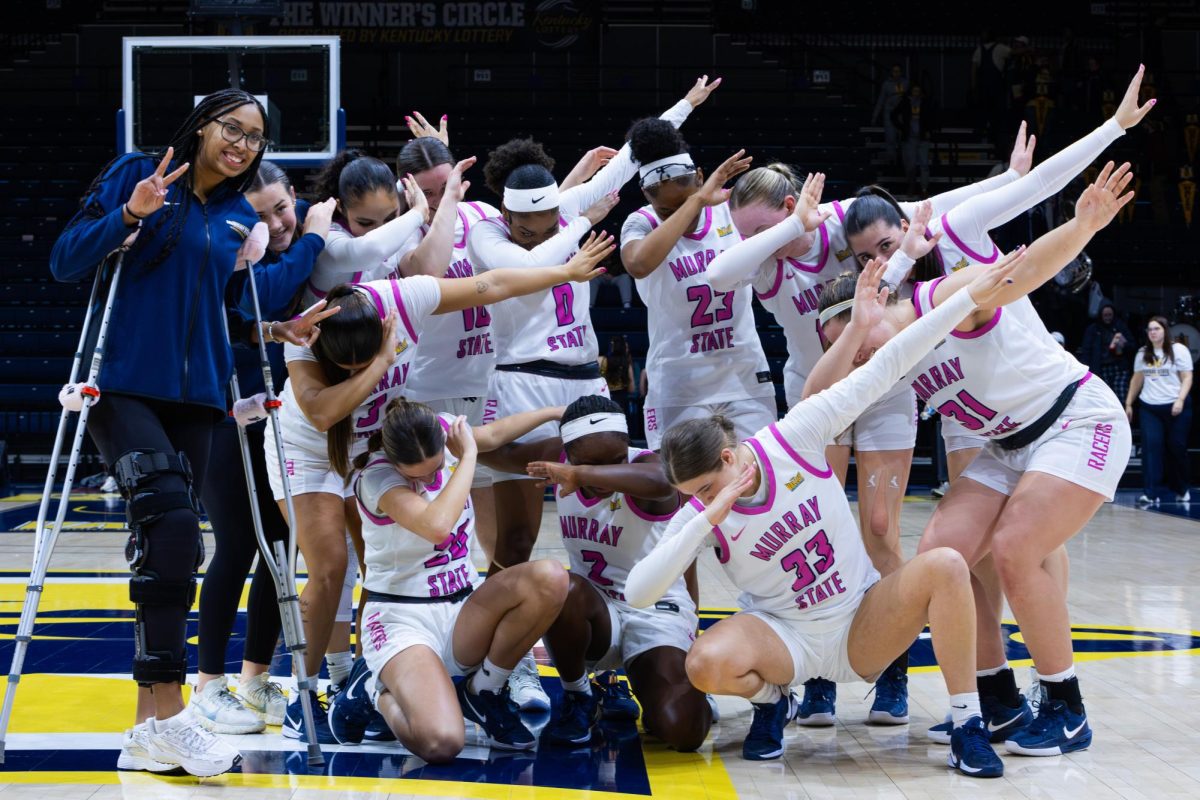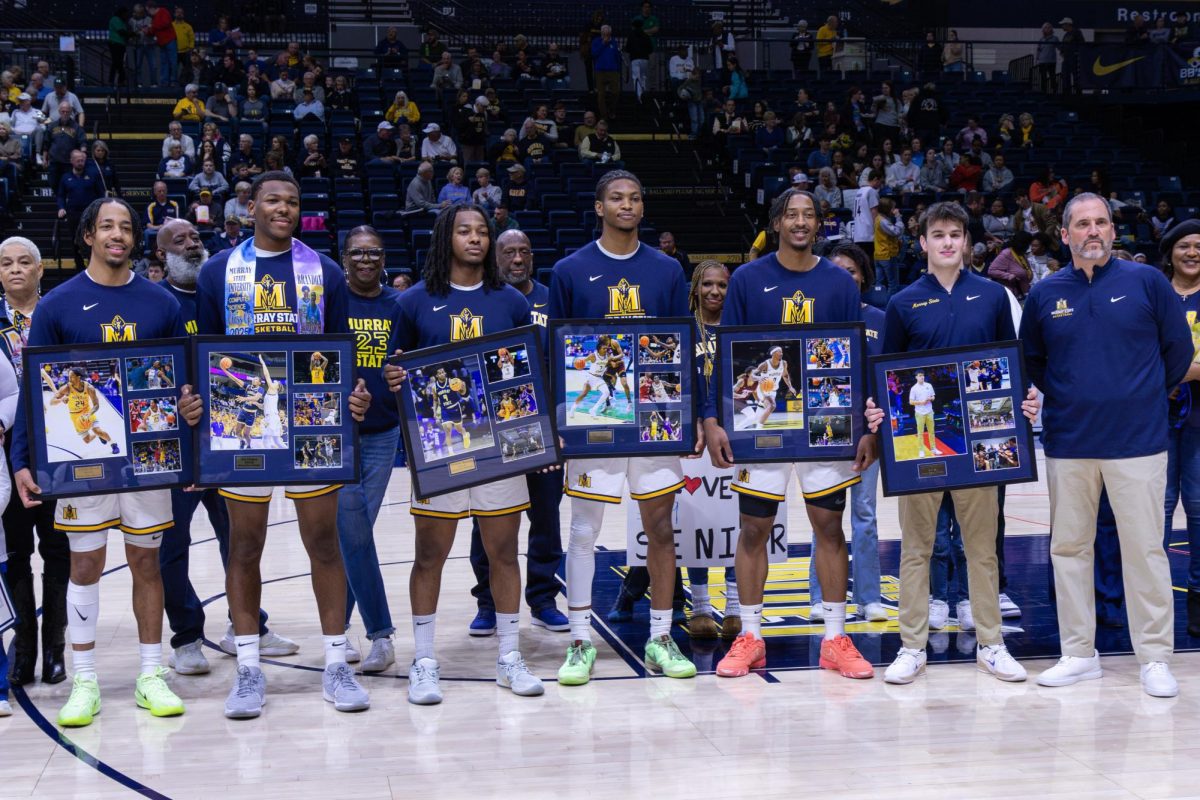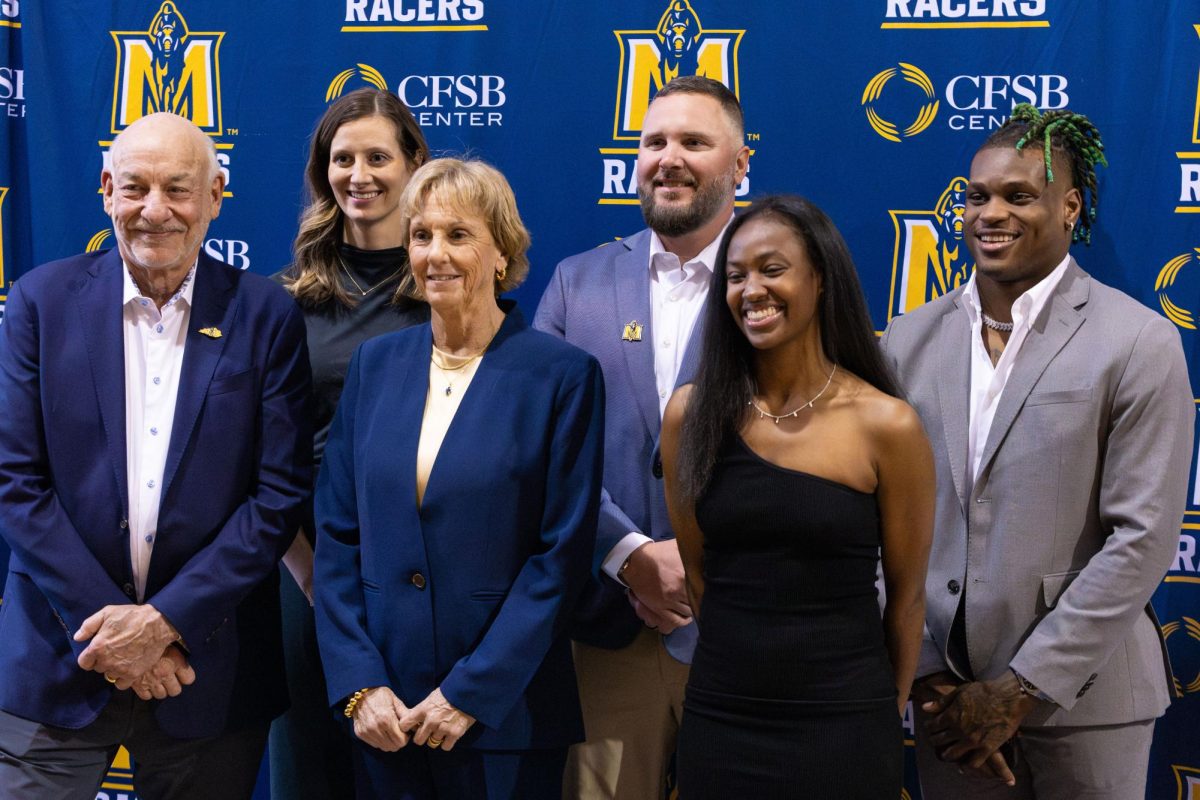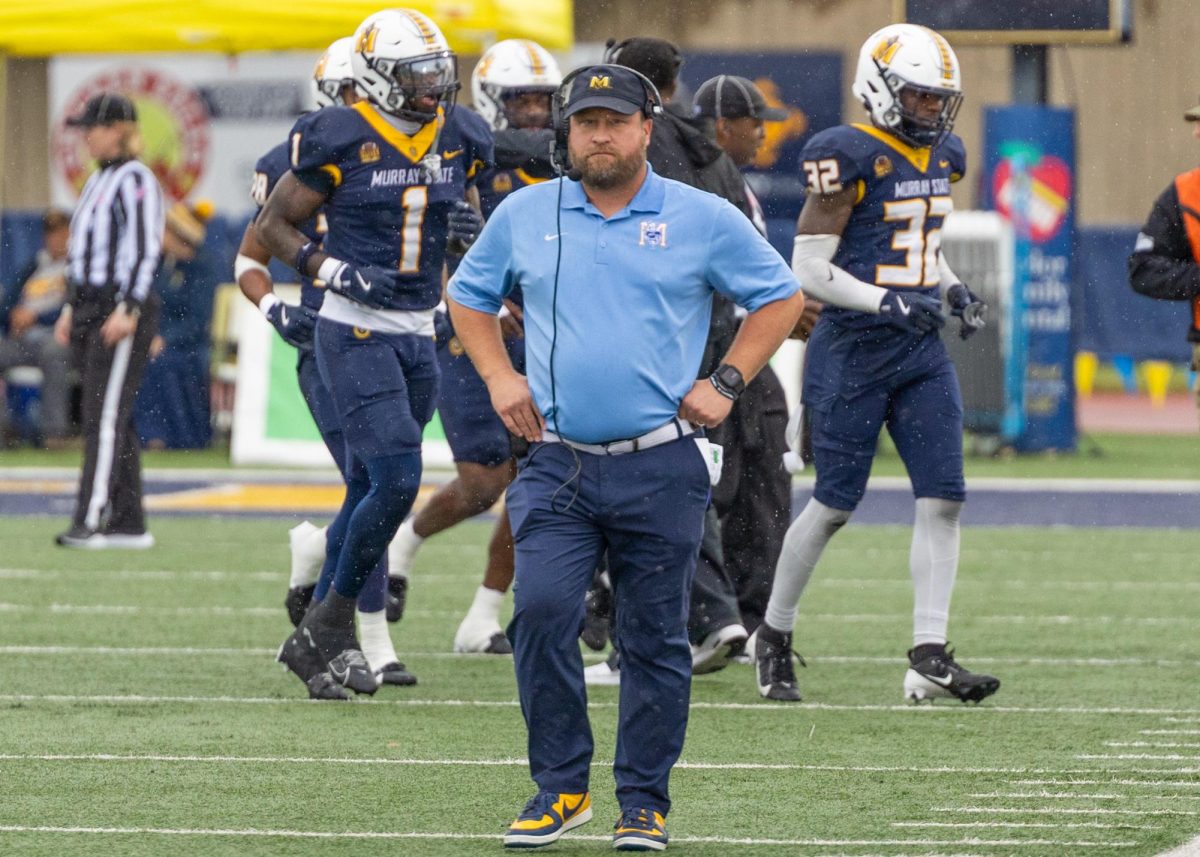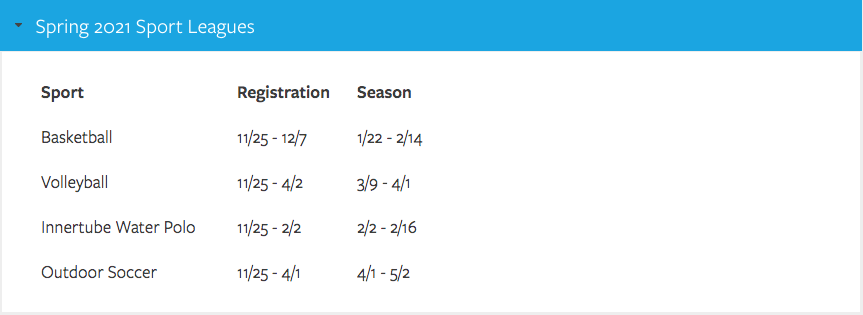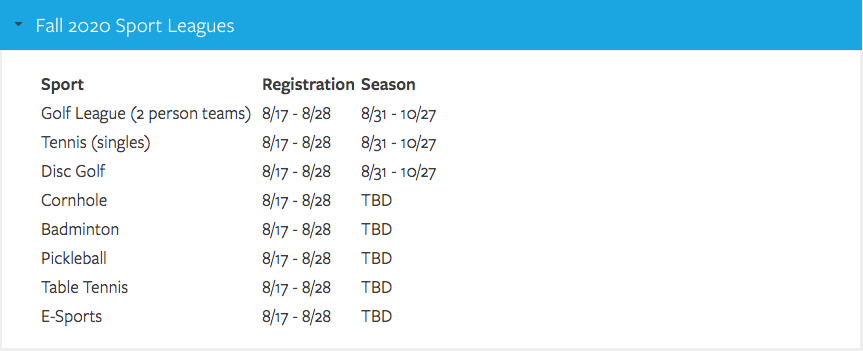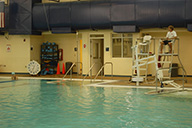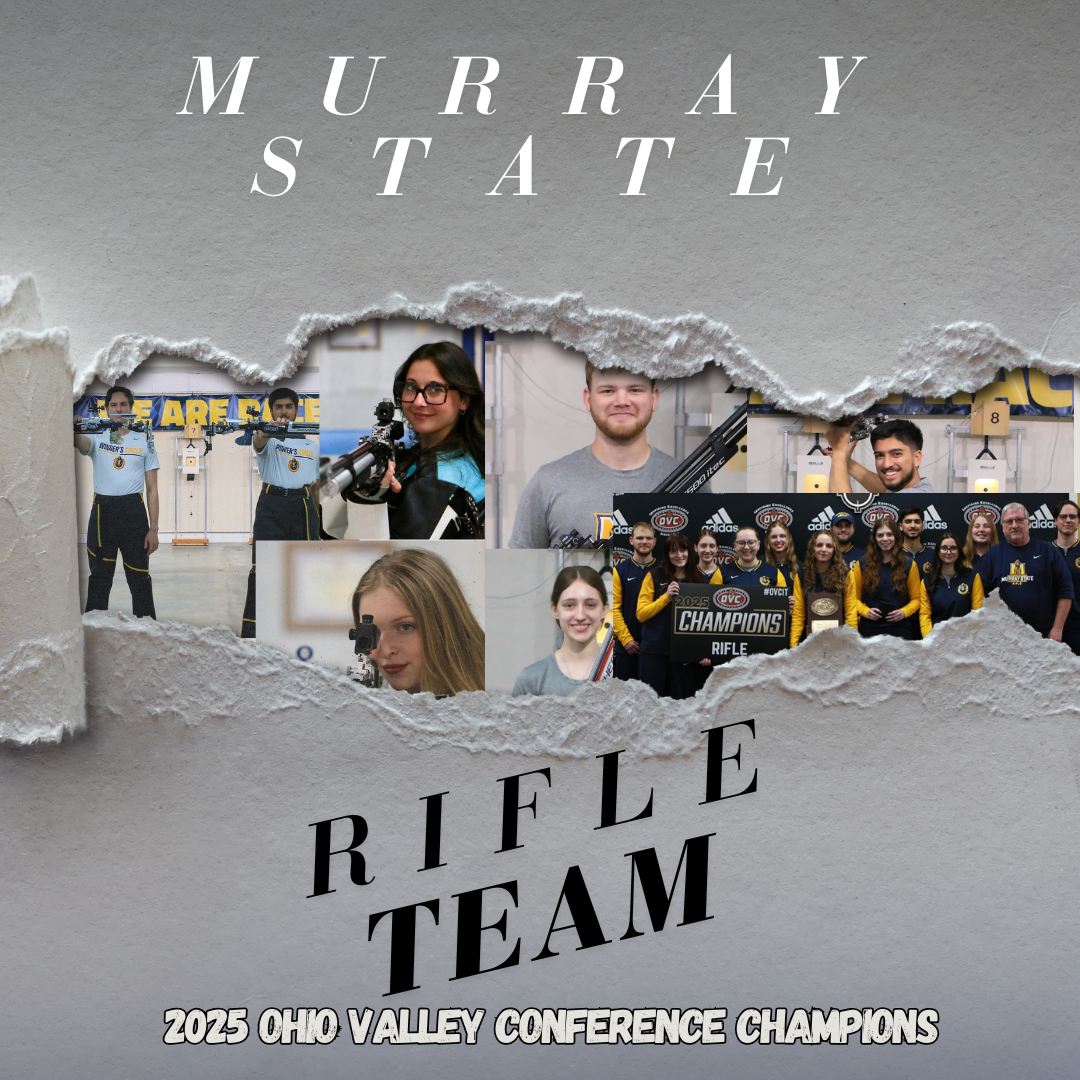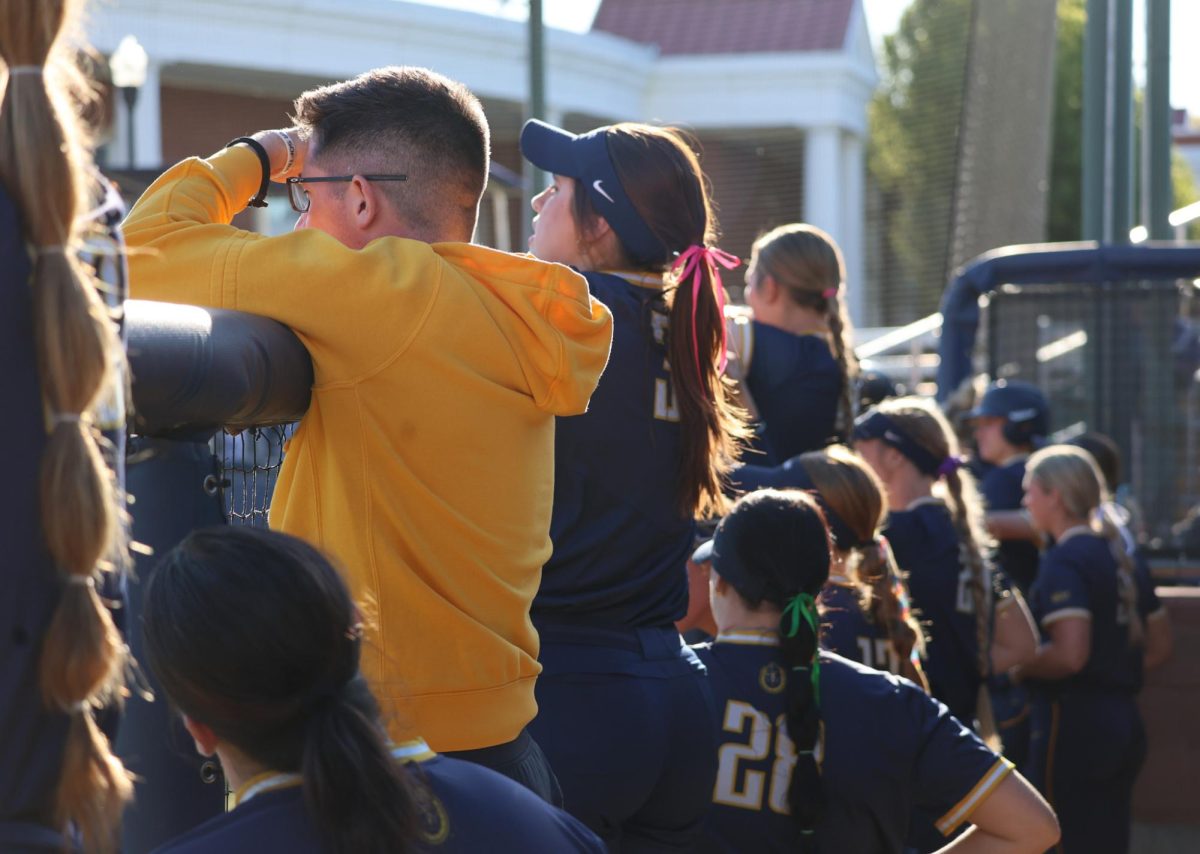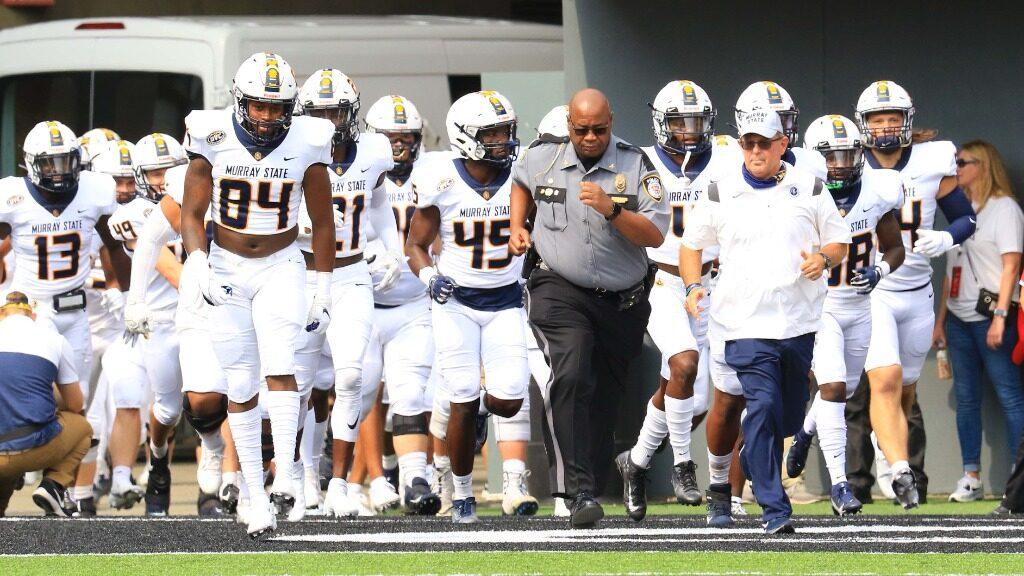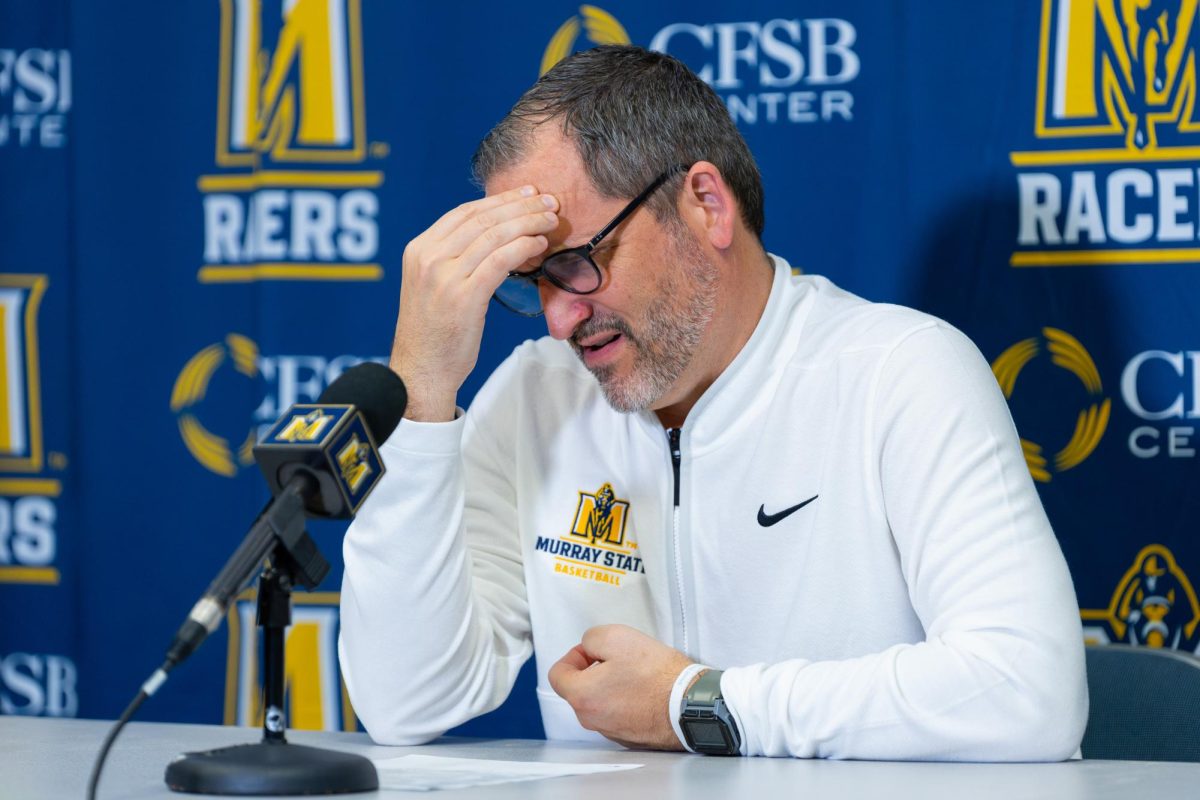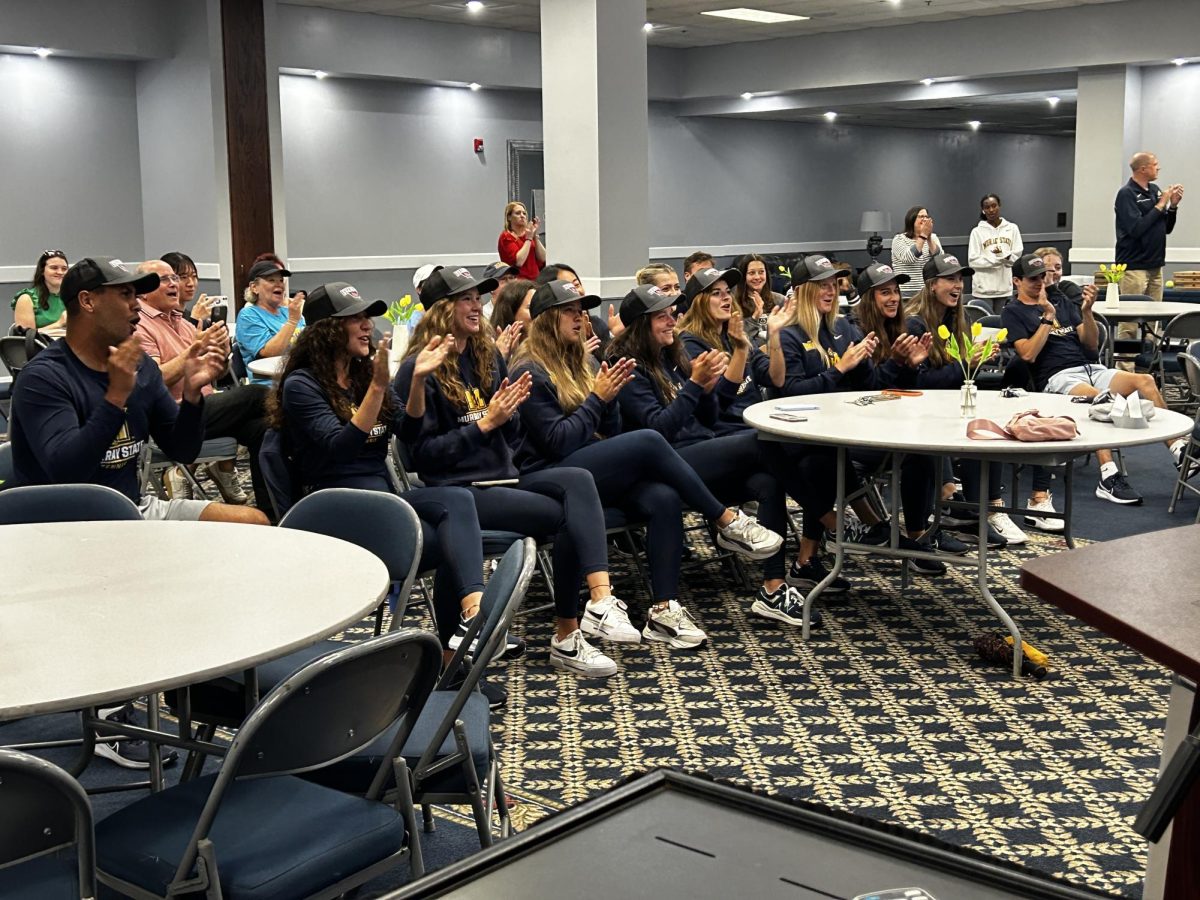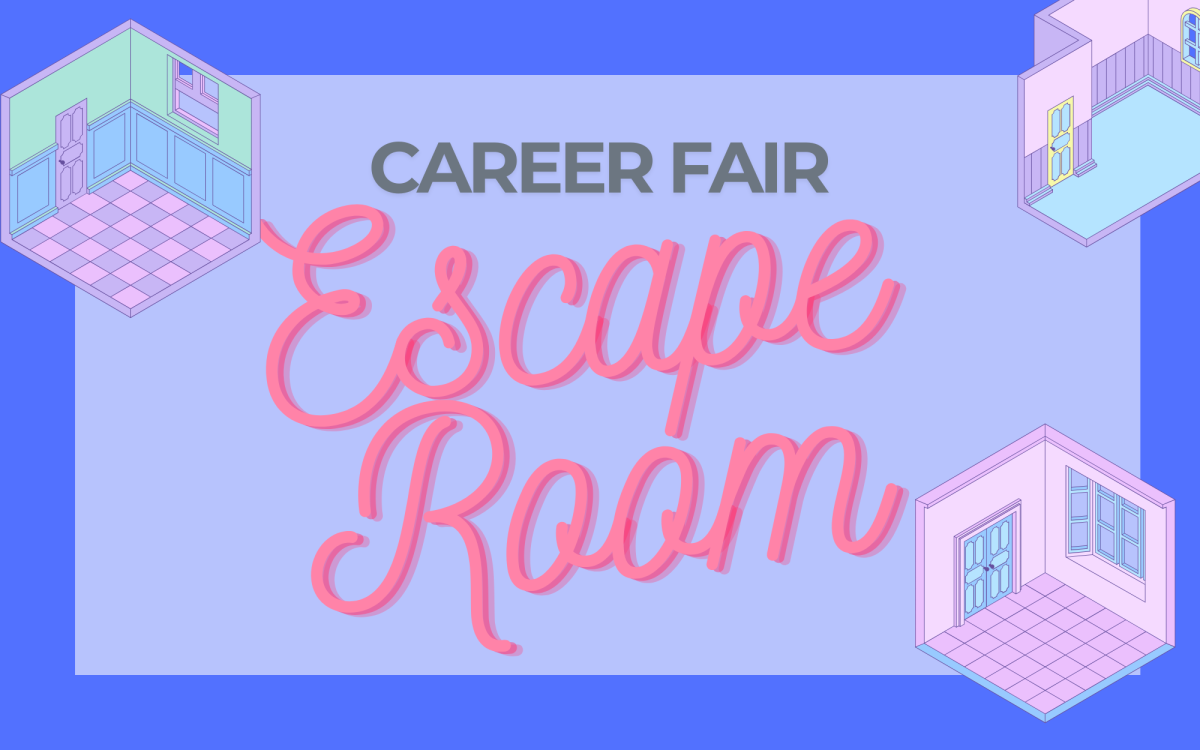The staff editorial is the majority opinion of The Murray State News Editorial Board.

With additions like Interactive Television Classrooms, Mac desktops and iPads, Murray State tries to keep the classroom innovative and up-to-date technologically.
Some see these accessories as distracting and intrusive elements to learning, but others argue that new technology keeps students interested while aiding professors.
Google Glass is part of a series of wearable technology that is still in its beginning stages of development, but the University decided to test it and see if it can be a positive tool for teachers that are trying to update their curriculum. The eyewear costs $1,500 and one pair was purchased by University Libraries.
The design looks like something out of a sci-fi series, with the microcomputer in front of the right lens. The questionable design goes against the idea that wearable technology should be sleek and seamless. These elements are only mentioned by people concerned with the fashion aspect of technology. If wearable technology is functional, it should also be discreet. Would it be a distraction if our professors looked like cyborgs? Most likely.
After spending some time with Google Glass, the editorial board developed mostly positive feelings. The point of the glasses was make our lives convenient, which for the most part, it did.
The voice-activated Google searches work well, the camera and video recording features were sharp and the apps seem to work well, but the question is still there. Will this be useful to us?
Unfortunately, the concept of Google Glass still has ways to go. There was a learning curve which makes us sure that teachers would experience the small issues. We already have troubles with the technology we have. To add more to the list would be counterproductive.
Google Glass can be connected to the Internet through a mobile data plan, but can’t connect to the University’s Wi-Fi, which is a major disadvantage. Murray State’s Wi-Fi connects the majority of students as well as teachers, who often access Canvas or Google Docs online.
These criticisms are likely the reasons that Google discontinued the glasses in 2014. Customers can’t buy Google Glass. All development, like applications and updates, stopped. With no development, Google Glass has a limited future as far as improvements for the software go.
According to CNET’s tech blog, of the 16 Glass developers, nine abandoned development projects because of multiple limitations and lack of consumers.
The only hope of the technology improving is if Google re-releases the Glass with some serious renovations.
For Murray State, $1,500 is a drop in the bucket. It won’t make a large impact on finances, but we know which technologies are helpful for education and which ones aren’t worth the investment. For $1,500, the University could have purchased three 16 GB iPads, one iMac or more public printing centers.
We believe that there is room for the concept of Google Glass to grow. Its recording and search capabilities could be useful for professors. With more development and compatibility with our Wi-Fi, the Glass could be a convenient tool for work or play. For now, we’re not convinced that it can be integrated as a helpful part of the classroom yet, but there is room to believe that it could be useful in the future.


